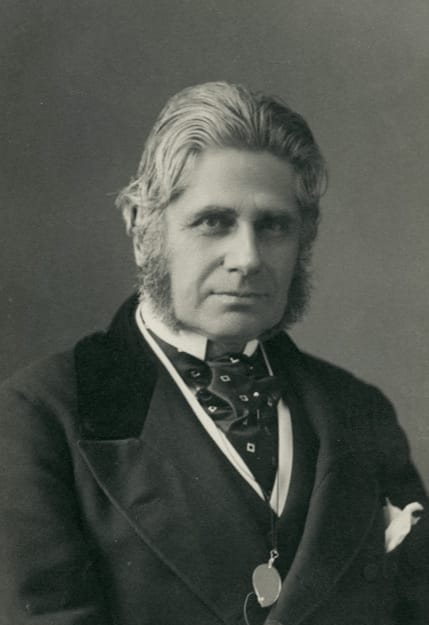
Augustus Henry Lane Fox Pitt-Rivers (1827-1900) amassed two large collections of art objects during his lifetime. The first became the founding collection of the Pitt Rivers Museum at the University of Oxford. His second collection was displayed at a private museum in Farnham, Dorset during his lifetime and stayed in his family’s hands. This museum was eventually closed in the 1960s and this collection has now been dispersed. It is listed in nine beautifully illustrated volumes of a catalogue now part of the collections of Cambridge University Library. The Pitt-Rivers museum has made both the accession catalogues of their collection, as well as the above mentioned nine volumes of Pitt-Rivers’ private collection digitally available for consultation. You can explore the pages of the catalogues by selecting a volume or by searching for a specific term using the ‘Search the volumes’ button. Most of these volumes are beautifully illustrated with detailed color drawings, accompanied by a description, the measures, the acquisition date, the price and the provenance. In other words an incredible research tool. Besides Oceanic and African art (with a focus on Benin art), these catalogues also contain art from other parts of the world. If you’re looking for a specific object, it can take a while (I did find Bulgy Eyes) – but these inventories are so interesting browsing them page by page is a pleasure to do. If you wish to learn more about the life and collections of Mr. Pitt-Rivers, do visit the Rethinking Pitt-Rivers website.
With big thanks to Marc Assayag for the tip. Sharing is caring!



